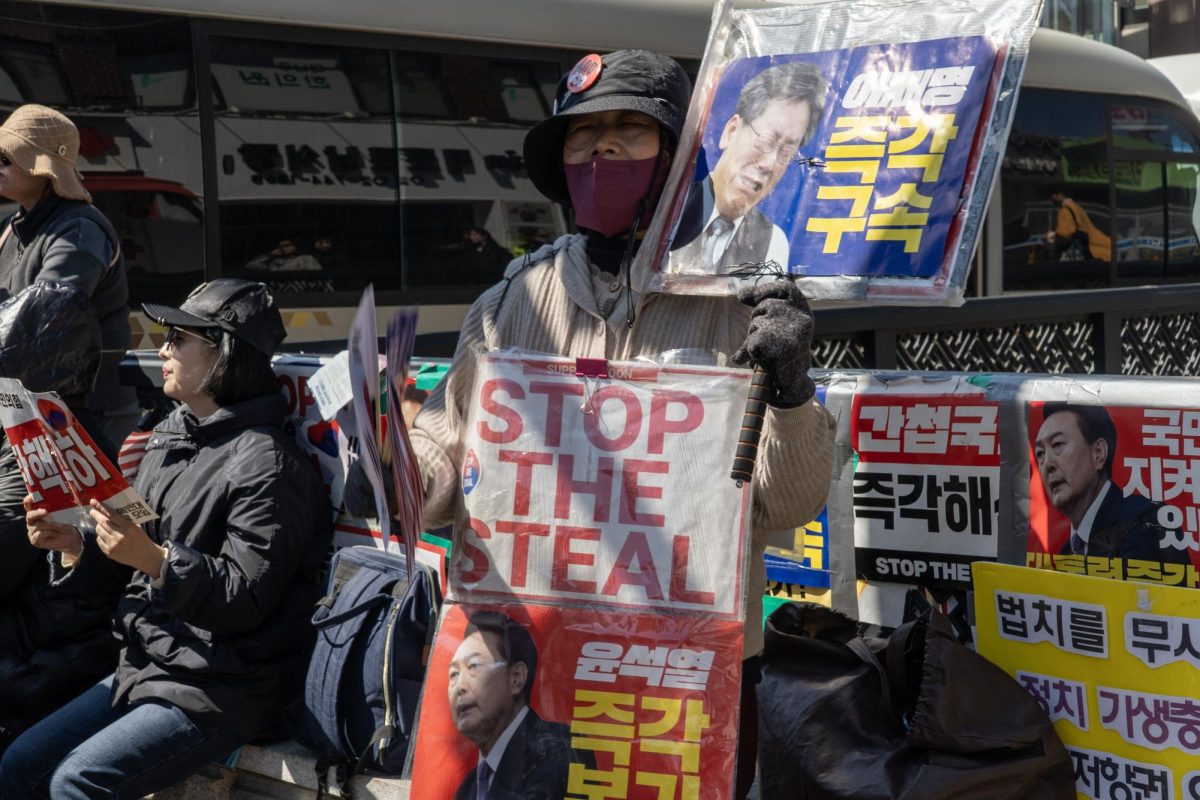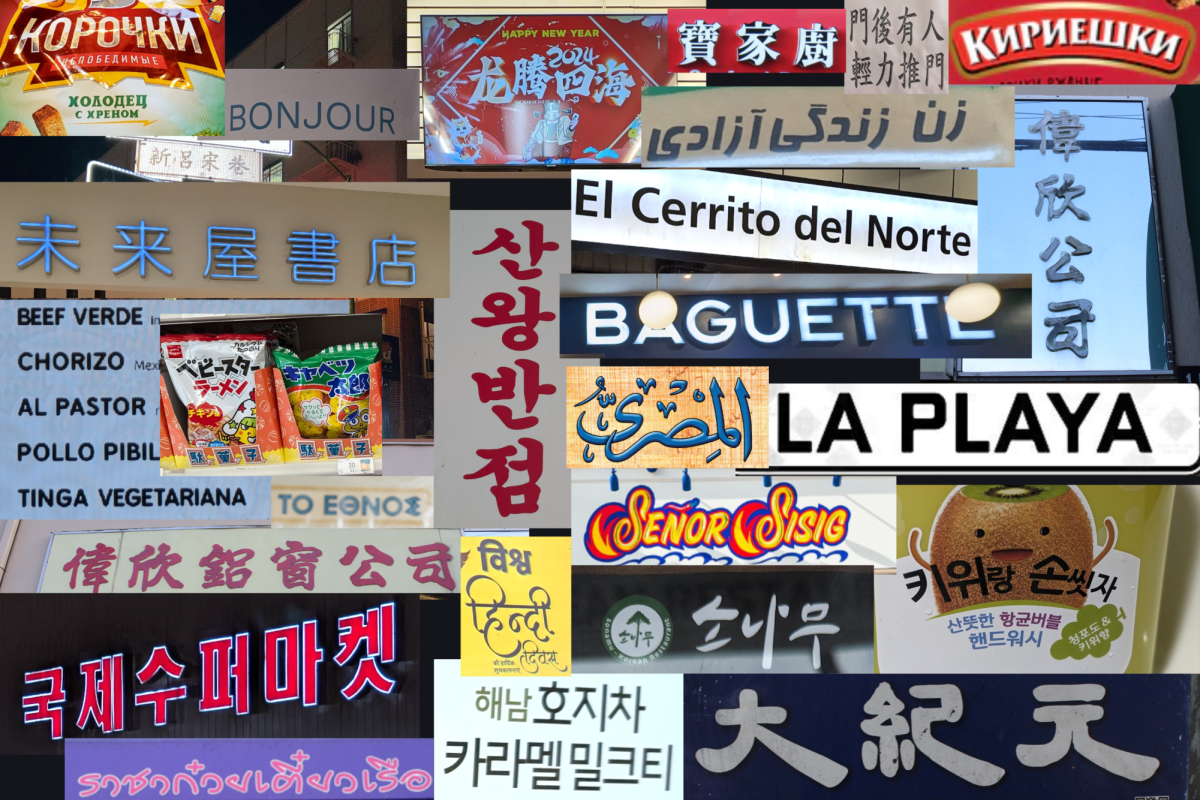“The great tragedy of this century,” is the Syrian Civil War, according to United Nations High Commissioner for Refugees, António Guterres. He is not referring to the 110,000 and rising casualties, but the scale of humanitarian devastation both in Syria and in the surrounding region.
Three resolutions face the international community on how to handle this complicated conflict: military intervention, humanitarian assistance or abstinence.
For the U.S., military intervention is problematic and doing nothing is morally flawed. The U.S. and the international community’s best solution is to provide humanitarian assistance to the millions of refugees.
There are 1.84 million registered refugees taking shelter in surrounding countries, according to the U.N.; 5,000 civilians leave Syria per day and nearly 5 million are internally displaced.
Resources including food, water, shelter and basic medical needs are diminishing so quickly that assisting even a small percentage of the 6.8 million who need humanitarian aid, is becoming impossible.
The Syrian conflict has been deteriorating the region for almost three years. It is a result of fallout from the Arab Spring, when rebels in Syria tried to overthrow Bashar al-Assad’s oppressive regime. Unfortunately for the rebels, Assad’s army is backed with Russian arms and gains military support from Hezbollah, an Islamic militant group, making the conflict very long and violent.
In 2012, Libyan rebels were able to successfully defeat Muammar Gaddafi’s in a similar conflict, however only after NATO and U.S. forces imposed airstrikes to weaken the Gaddafi regime.
Syrian rebels have had no such luck.
Although military intervention seems ideal in retrospect of U.S. involvement in Libya, it has major drawbacks including loss of U.S. lives, increased violence in Syria, expenses and violation of international law.
The U.S. stalled talks of military intervention, but Secretary of State John Kerry assures “the United States still reserves the right to strike” if Assad doesn’t relinquish his chemical arms. The same deal was posed to Saddam Hussein concerning his alleged nuclear weapons stockpile in the early 2000s.
Last year, Obama called the U.S. position on chemical weapons a “red line,” and Assad’s cross of it would bring Western military retaliation. The Assad regime used Sarin gas, a deadly nerve agent, on civilians in Damascus on August 21.
Conflicts like Vietnam, Afghanistan, Iraq and others, haunt the U.S.’s military proposal. Also U.S. military intervention would violate U.N. Charter and international law, as it did with the Iraq war.
Intervention is expensive. The U.S. would likely use Tomahawk missiles shot from ships in the Mediterranean to target Assad. The price of one Tomahawk is $1.45 million. Alternatively, concentrated drone strikes, in Afghanistan, Pakistan, Iraq and elsewhere show that they rarely come without civilian bloodshed.
It would mean an increase in violence for Syrians, like poking a stick into a giant beehive of chemical weapons and heavily armed militants. If the U.S. removes Assad from power, there will inevitably be a violent power vacuum that would make the unstable country more volatile and open it to the influence of extremist groups, like in Iraq and Libya.
Despite Vladamir Putin’s blatant disapproval of military intervention, it is already happening in discreet ways. The U.S. military trains rebels in Jordan while Russia supplies the Assad regime with heavy weapons, whether directly, or indirectly from Iran, to Hezbollah on the front lines.
The humanitarian option is best, but the idea that aid can only come from the U.S. is imperialistic. Peace in Syria is the responsibility of the international community. The U.N. must build up and protect refugee camps in the region and ensure refugees have a safe haven from the conflict. This would also deter spillover in surrounding volatile countries.
Deployment of small brigades of U.N. troops to checkpoints throughout the country and key residential areas, would ensure a safer passage for escaping refugees. This happens in many African countries.
The worst option is doing nothing. With Rwanda, the world did nothing. Whether or not foreign military should involve itself, the international community cannot deny the humanitarian crisis taking place in Syria; 6.8 million people are going without food, water or adequate shelter; 20-30 percent of the structures in Syria are destroyed while others are being used as shoddy shelters.
Sixty percent of the hospitals in the country have zero capacity and in the northern battle zones, 70 percent are destroyed. Pharmaceutical production has ceased, meaning people are dying from treatable diseases that are beginning to flourish in overcrowded hospitals and camps.
“Boots on the ground” is regarded by most as a last resort, but in Syria, it may be necessary and probably, unavoidable. The choice we must make as a global community is whether or not those boots carry guns.










